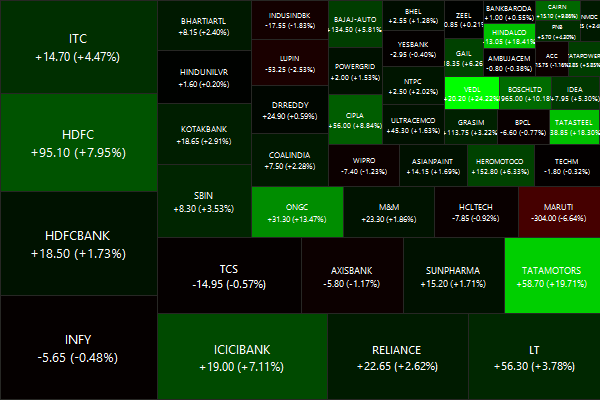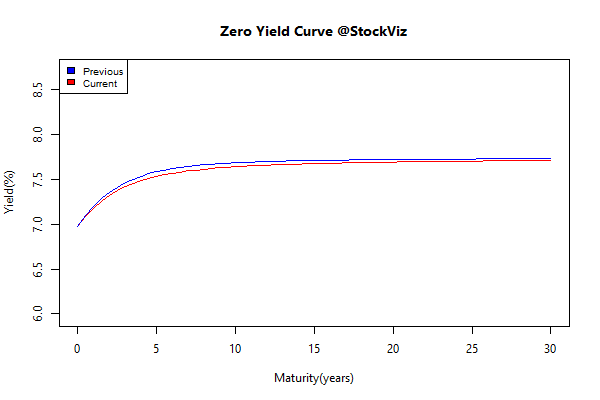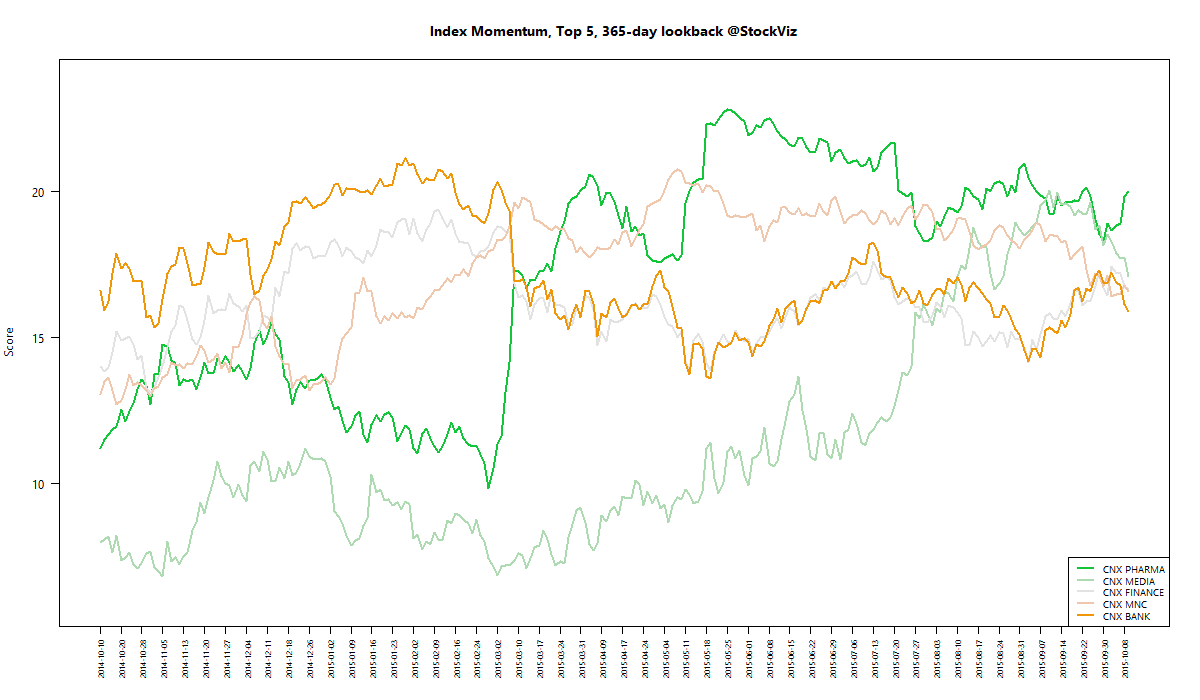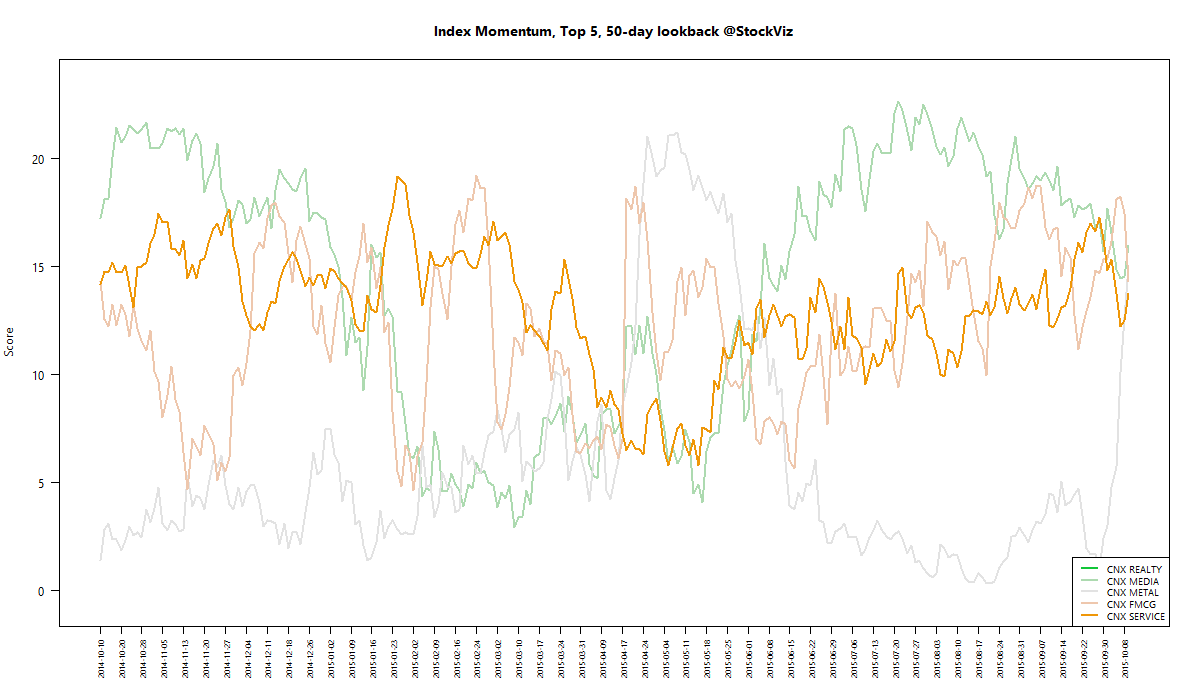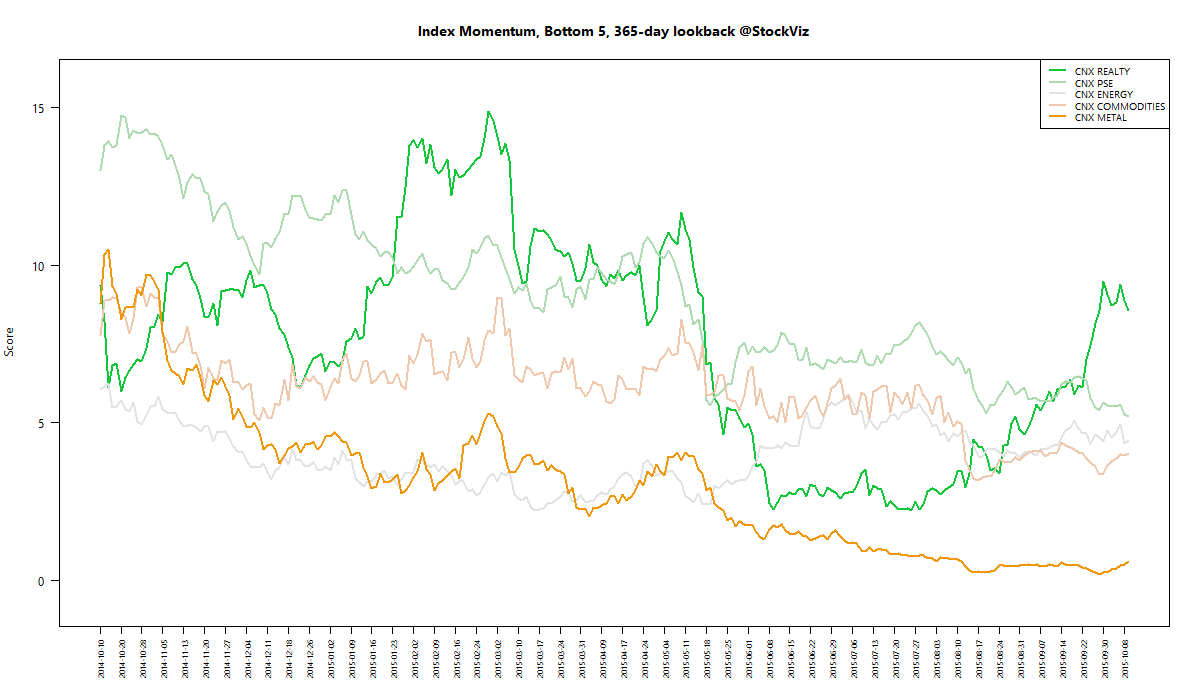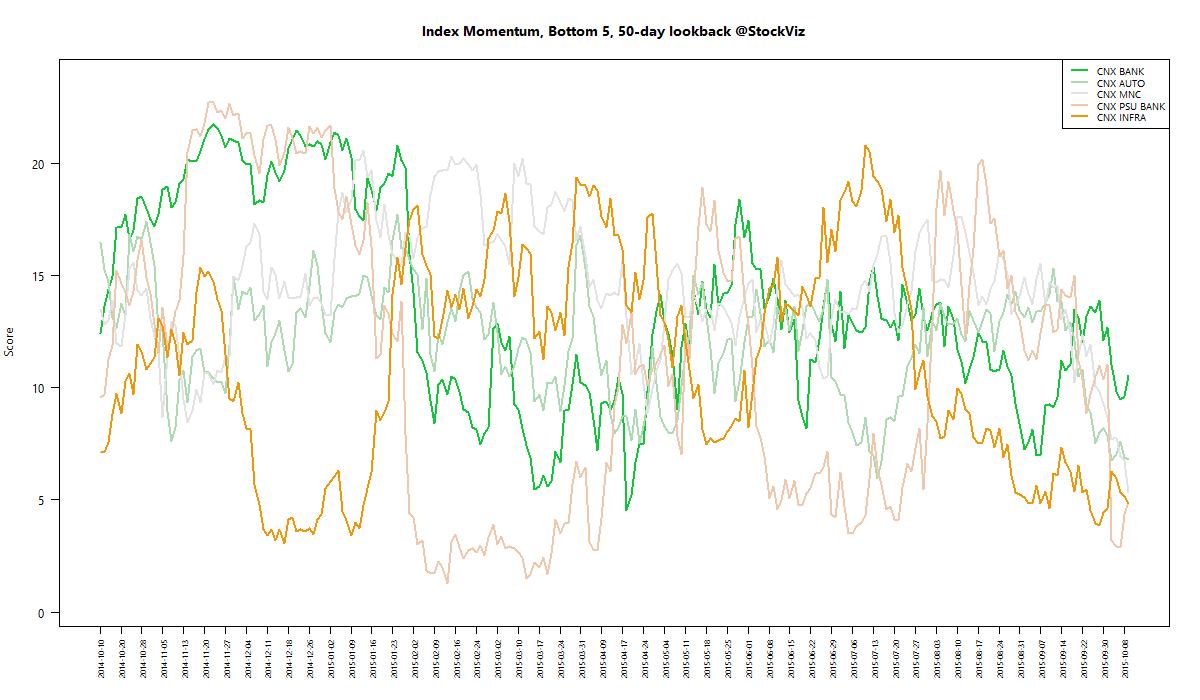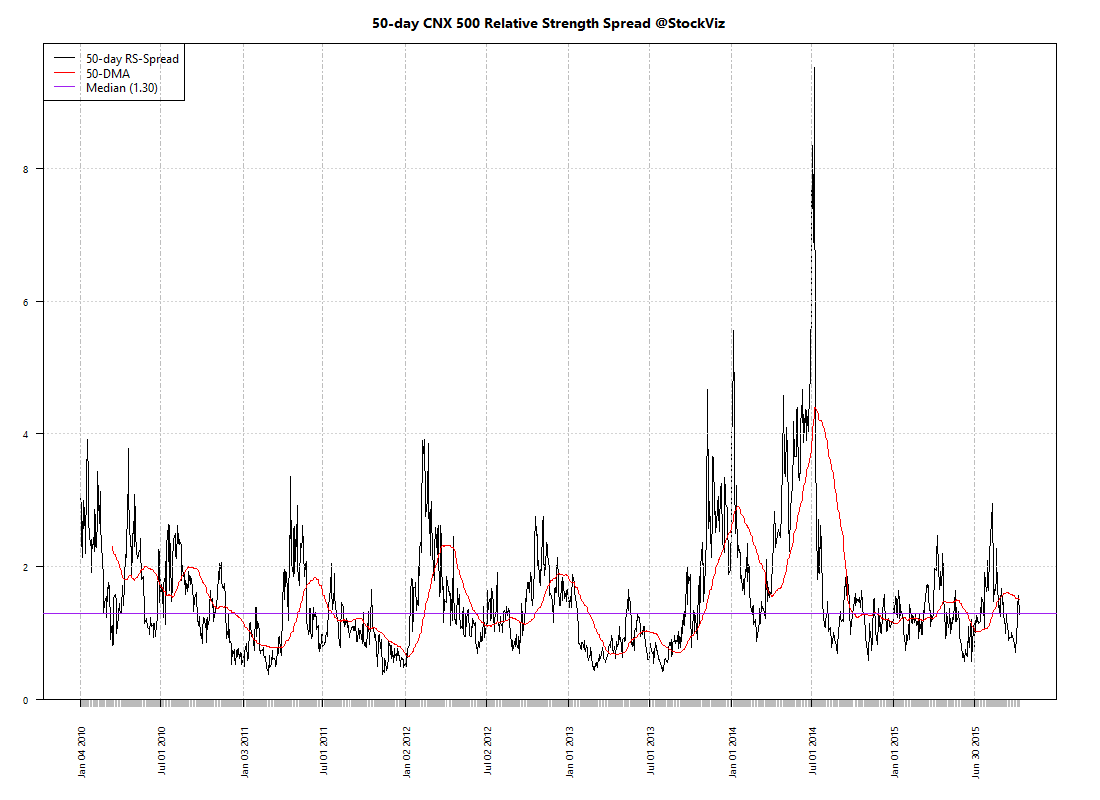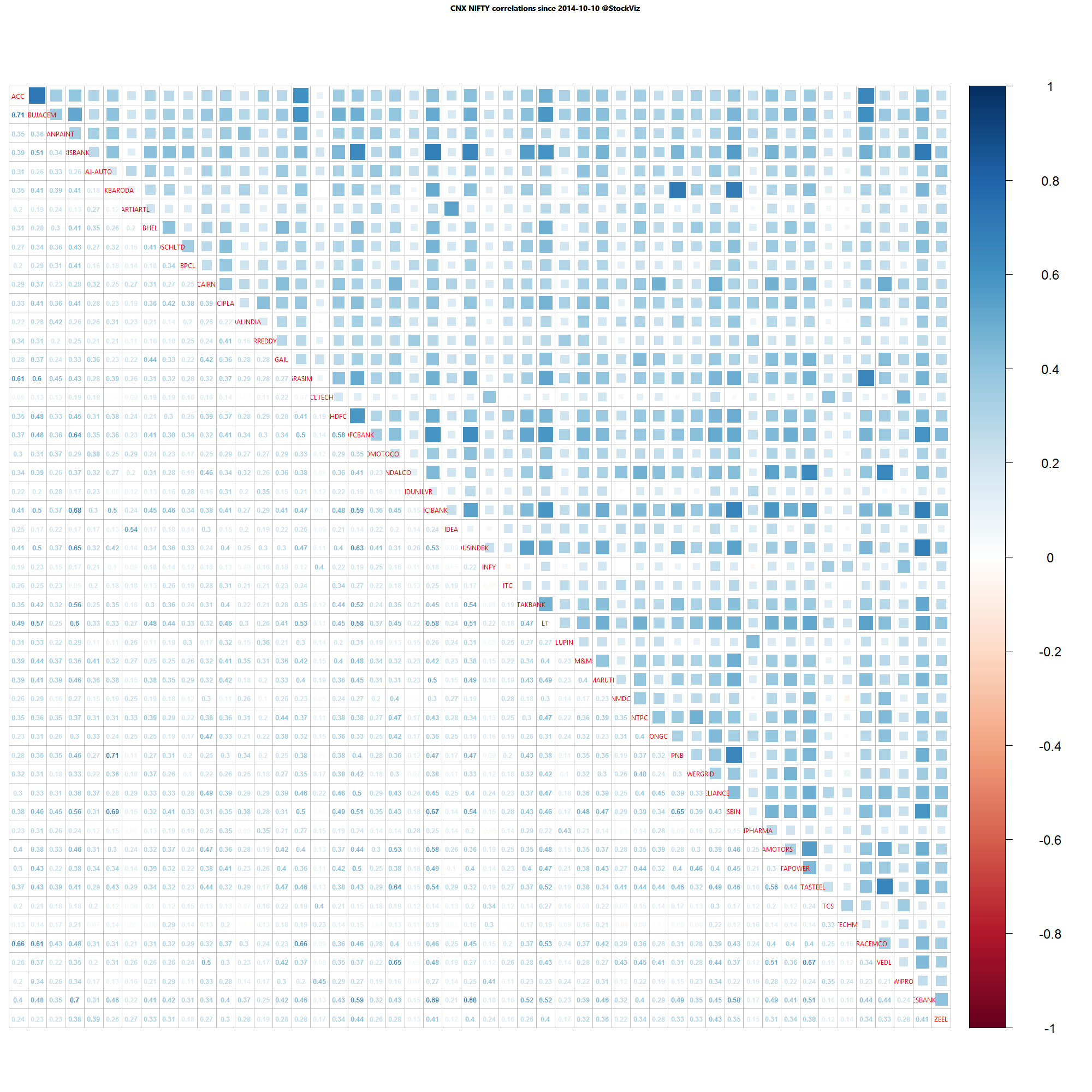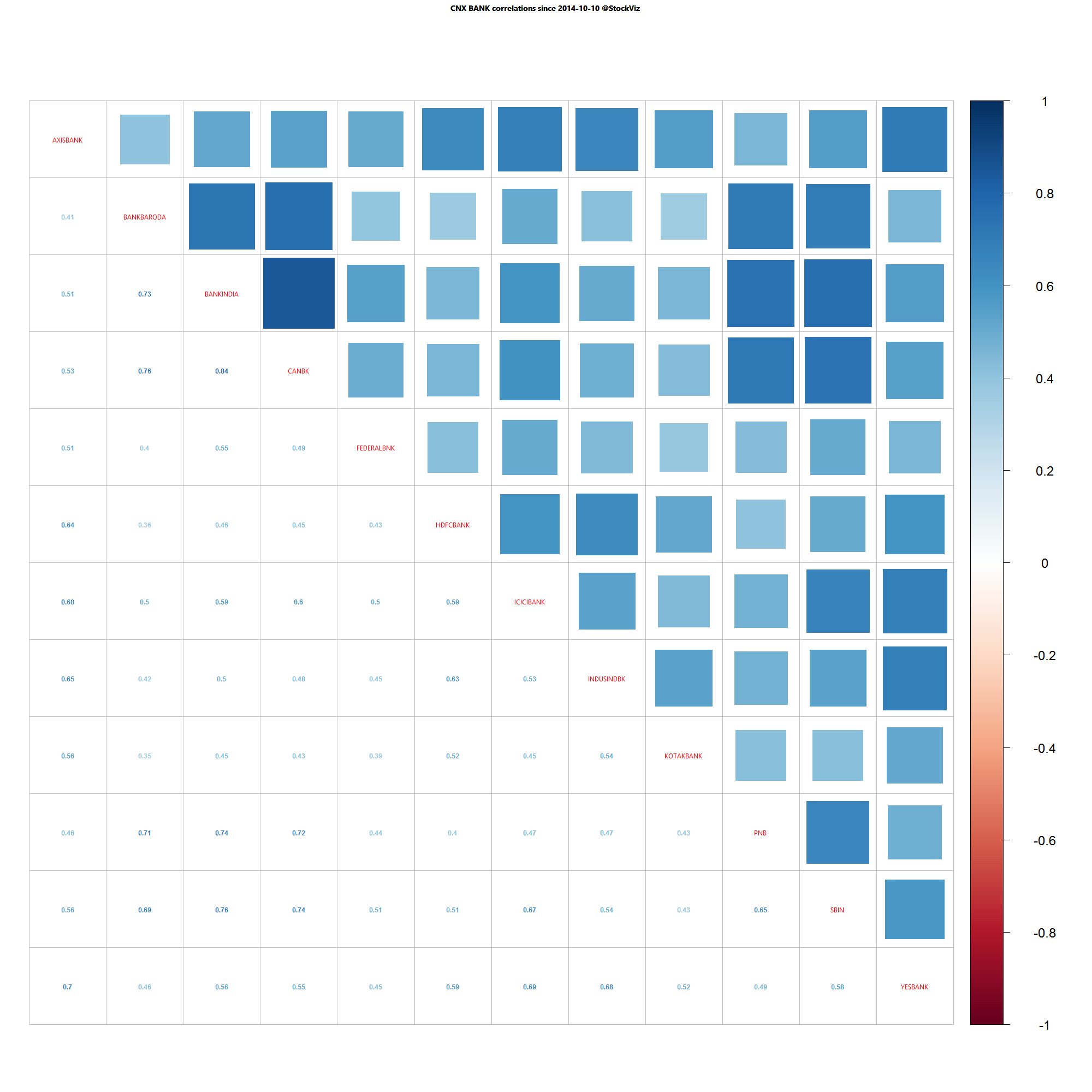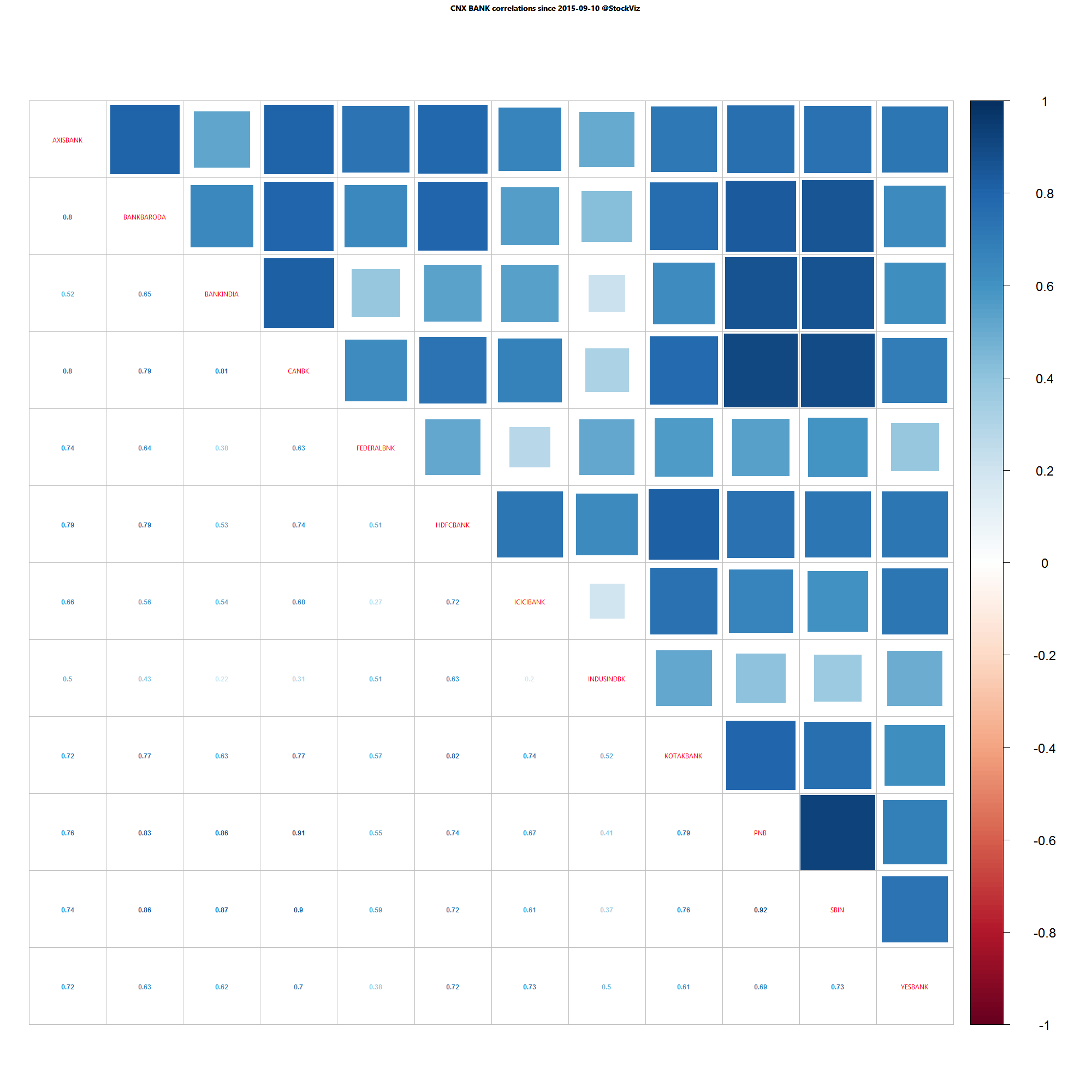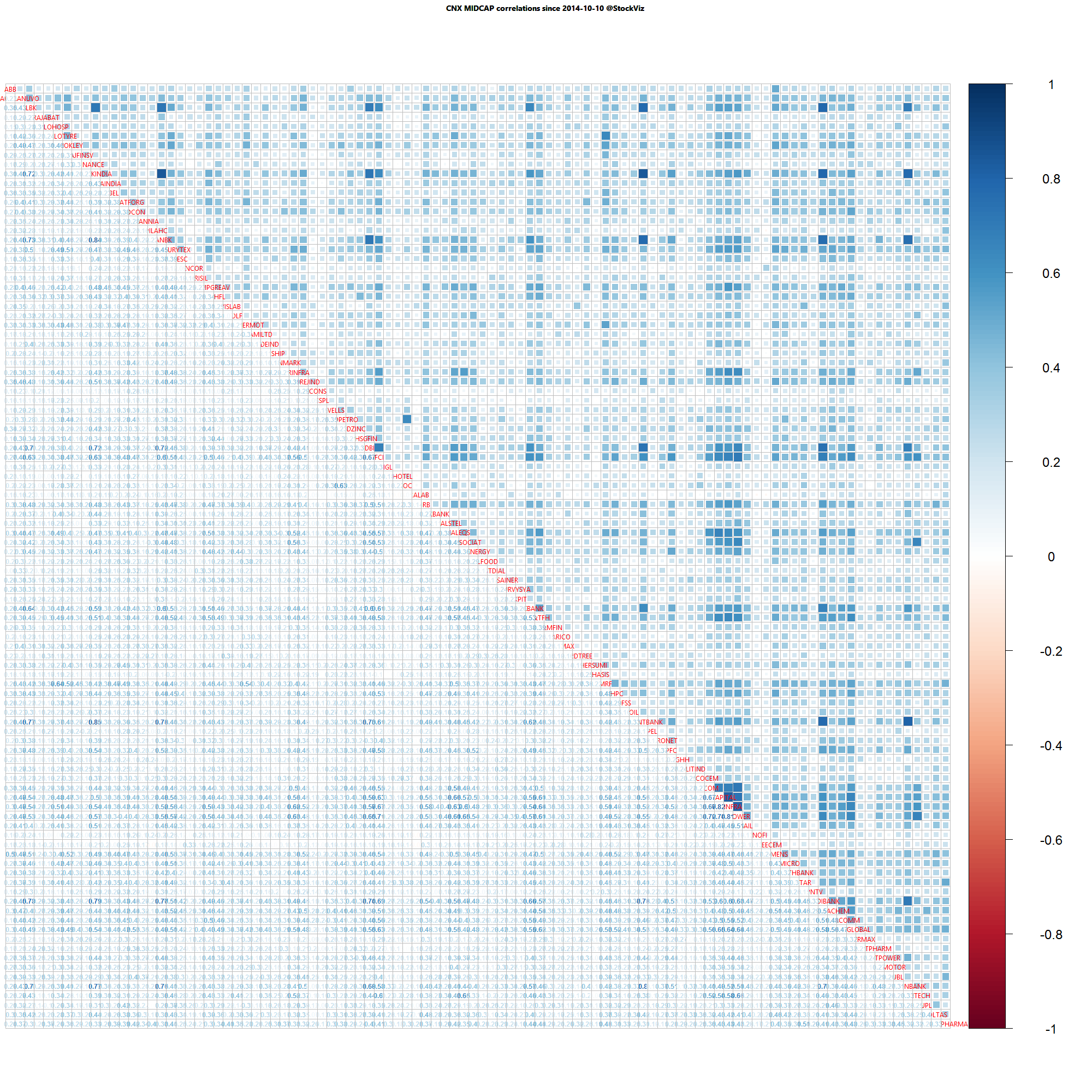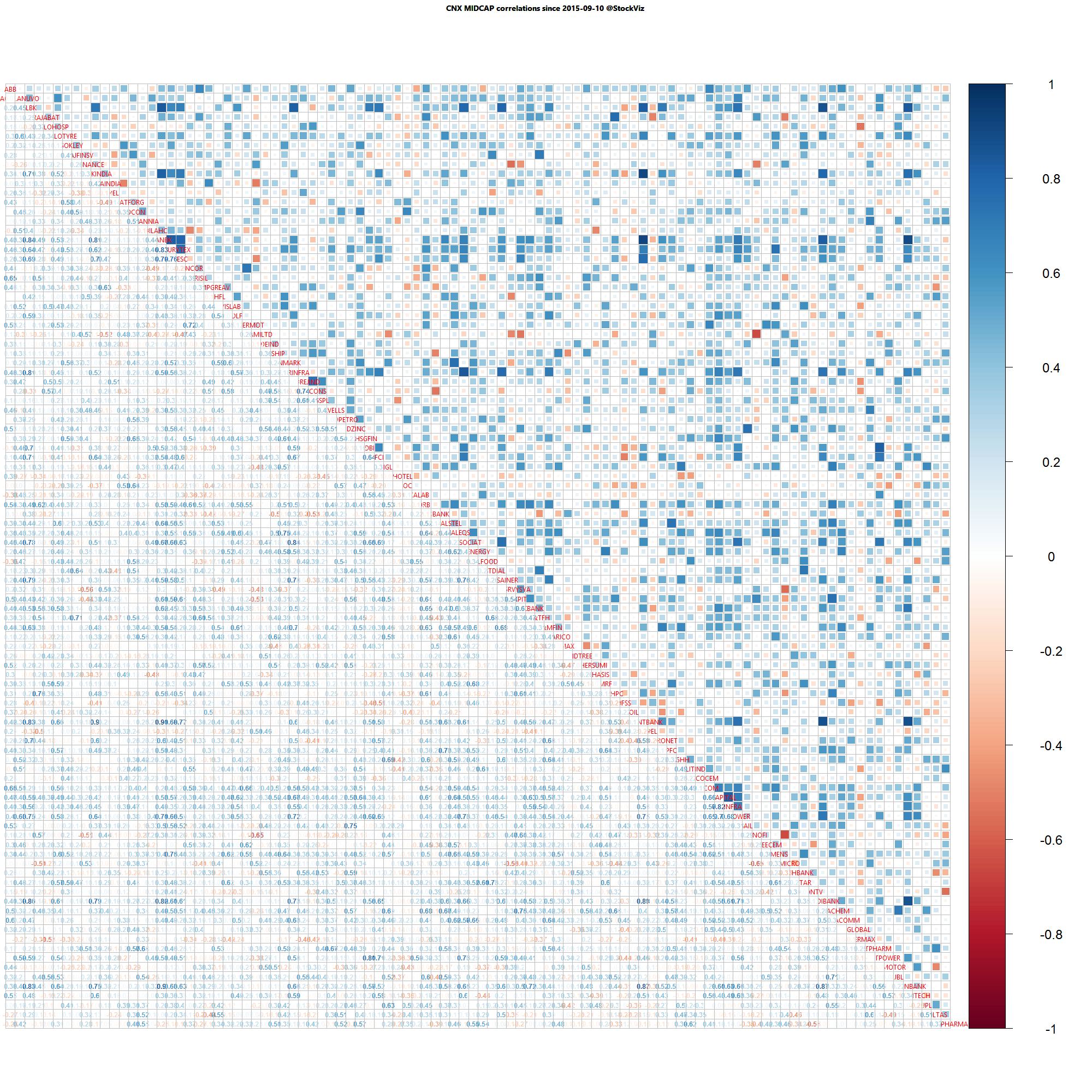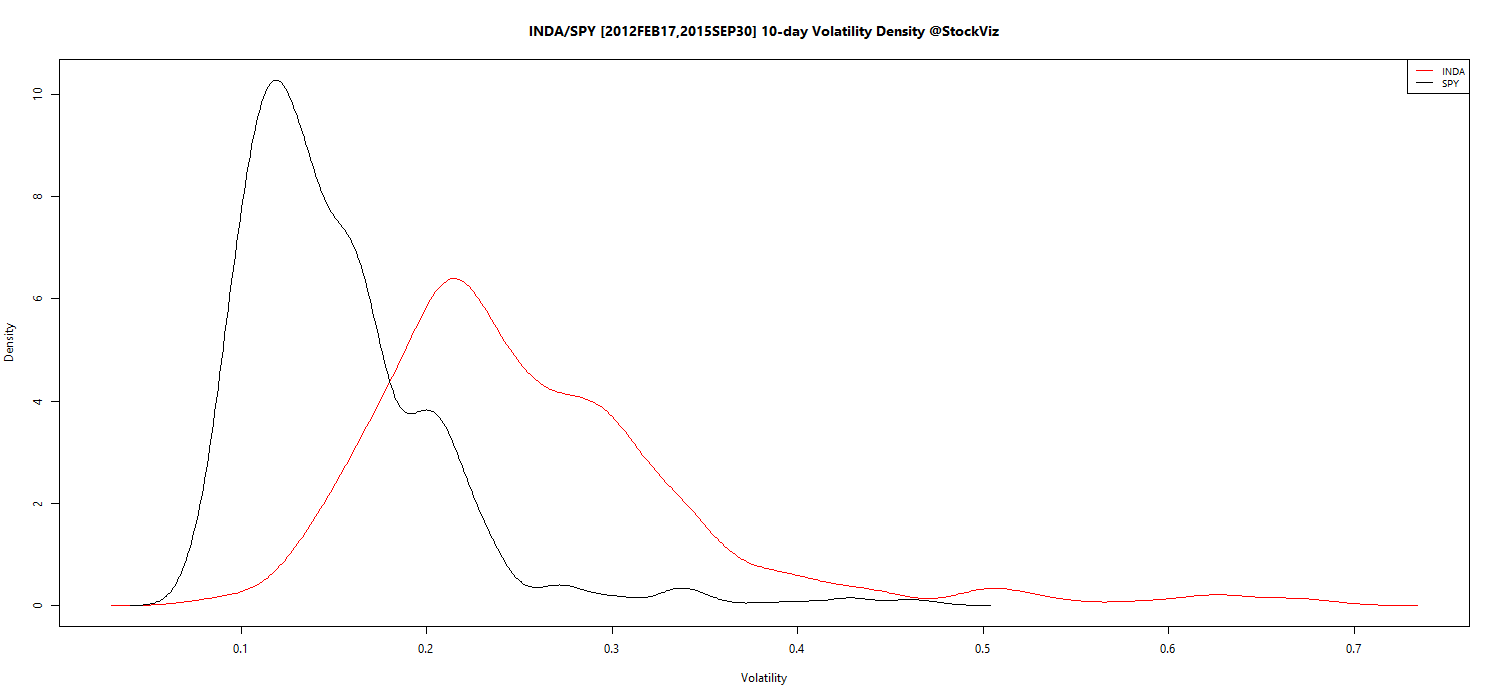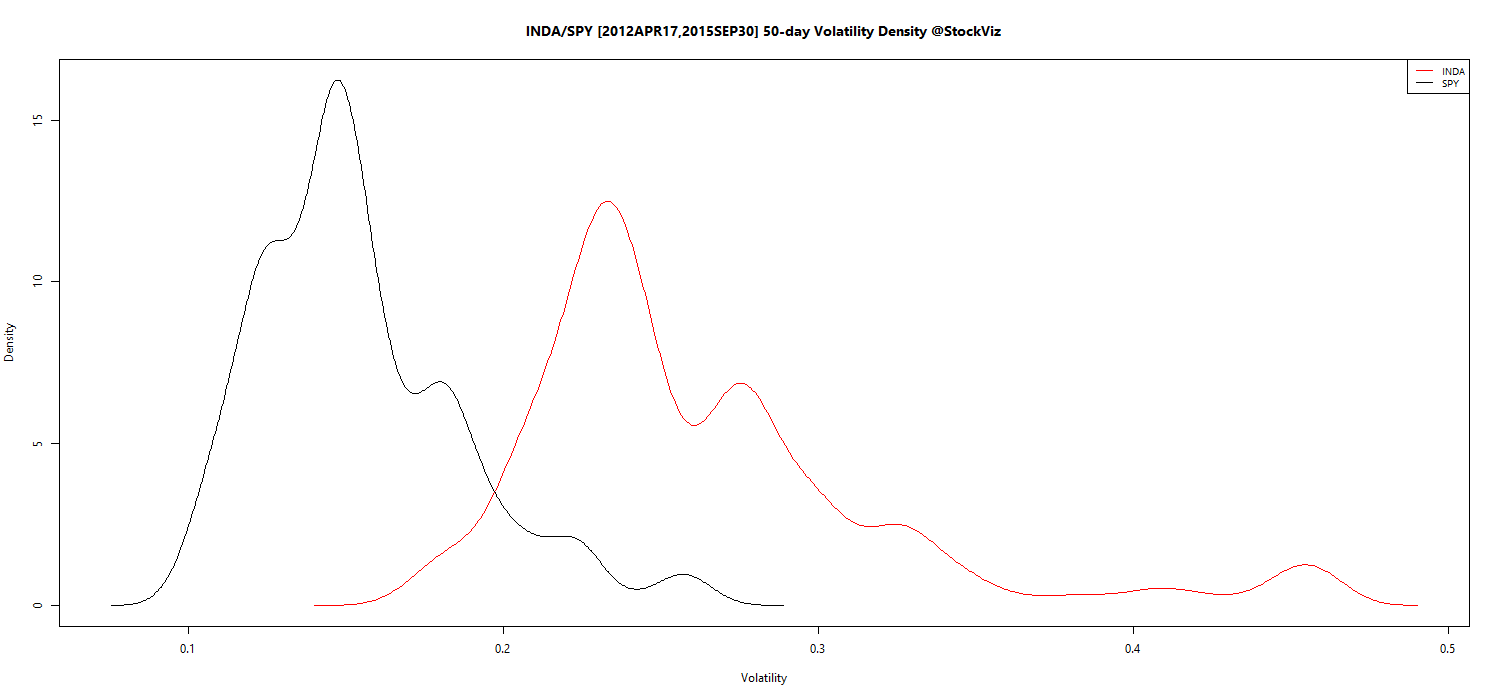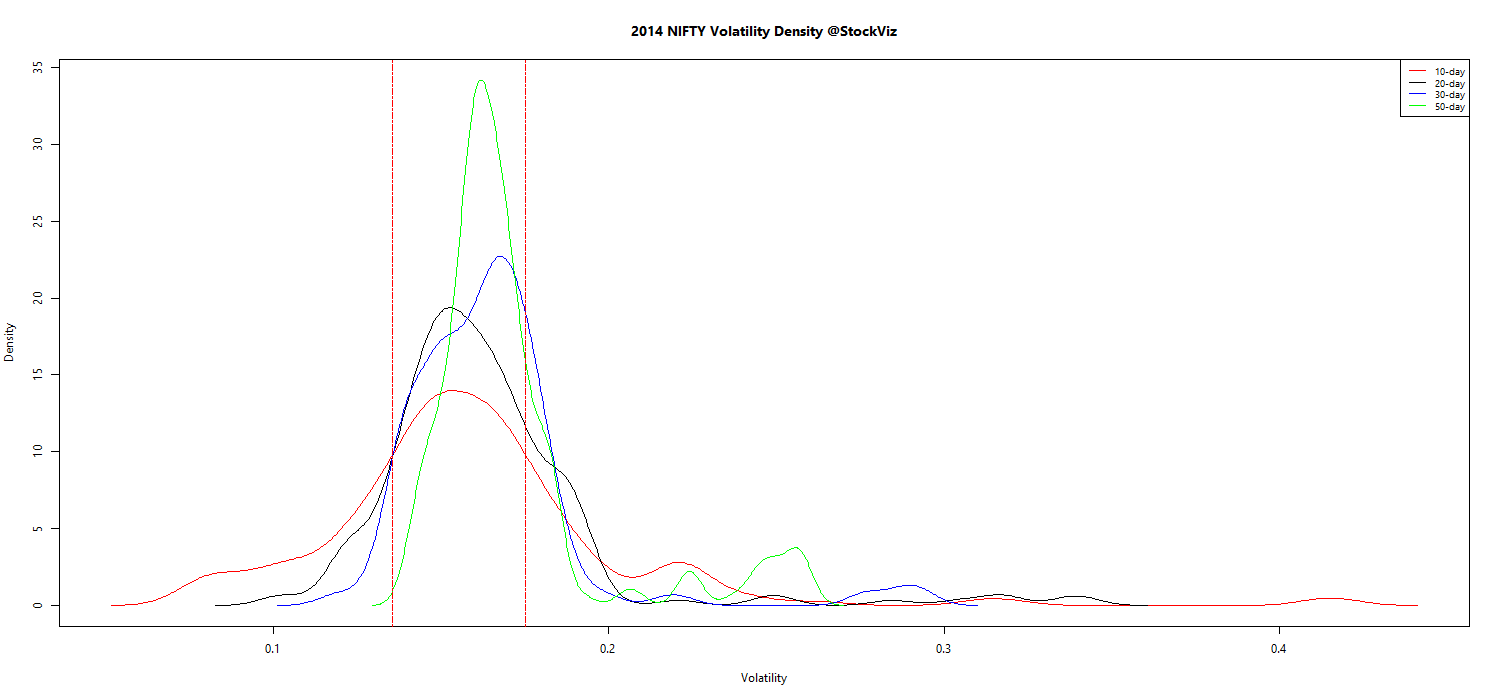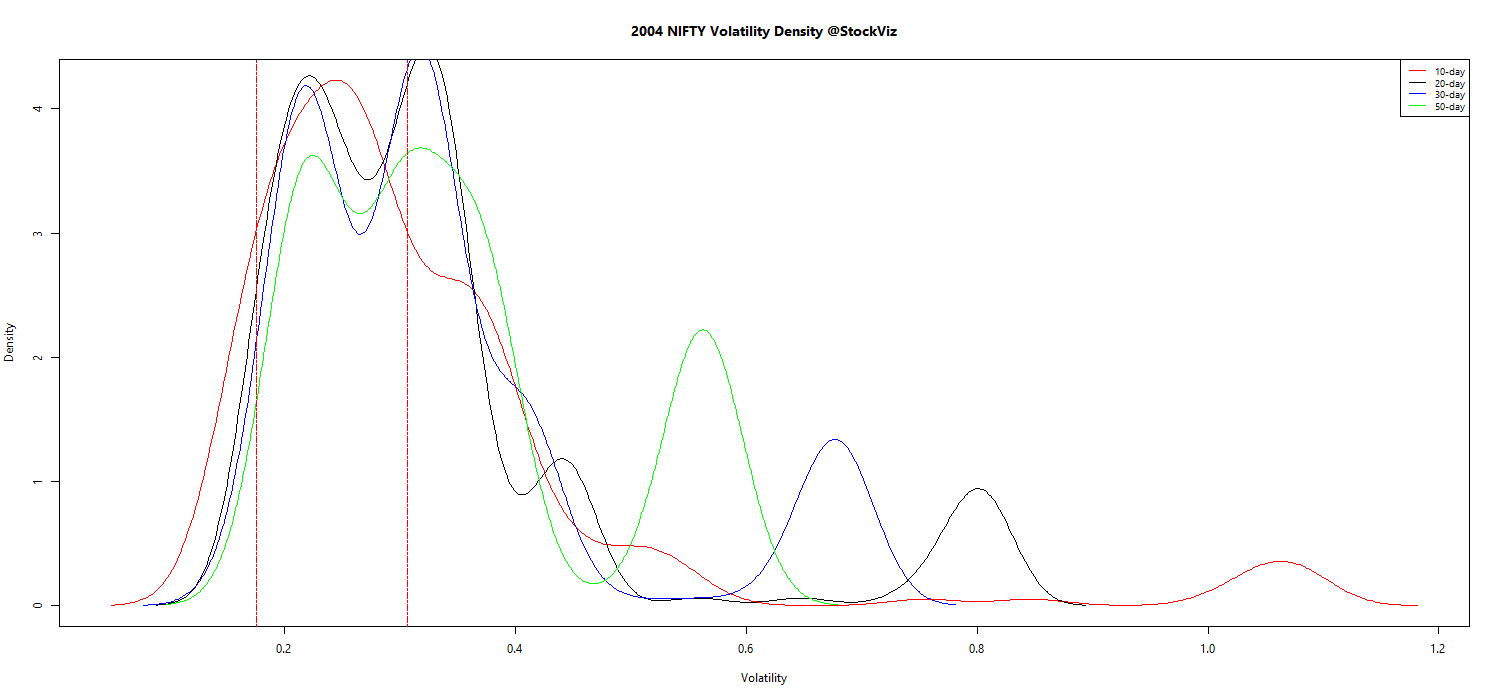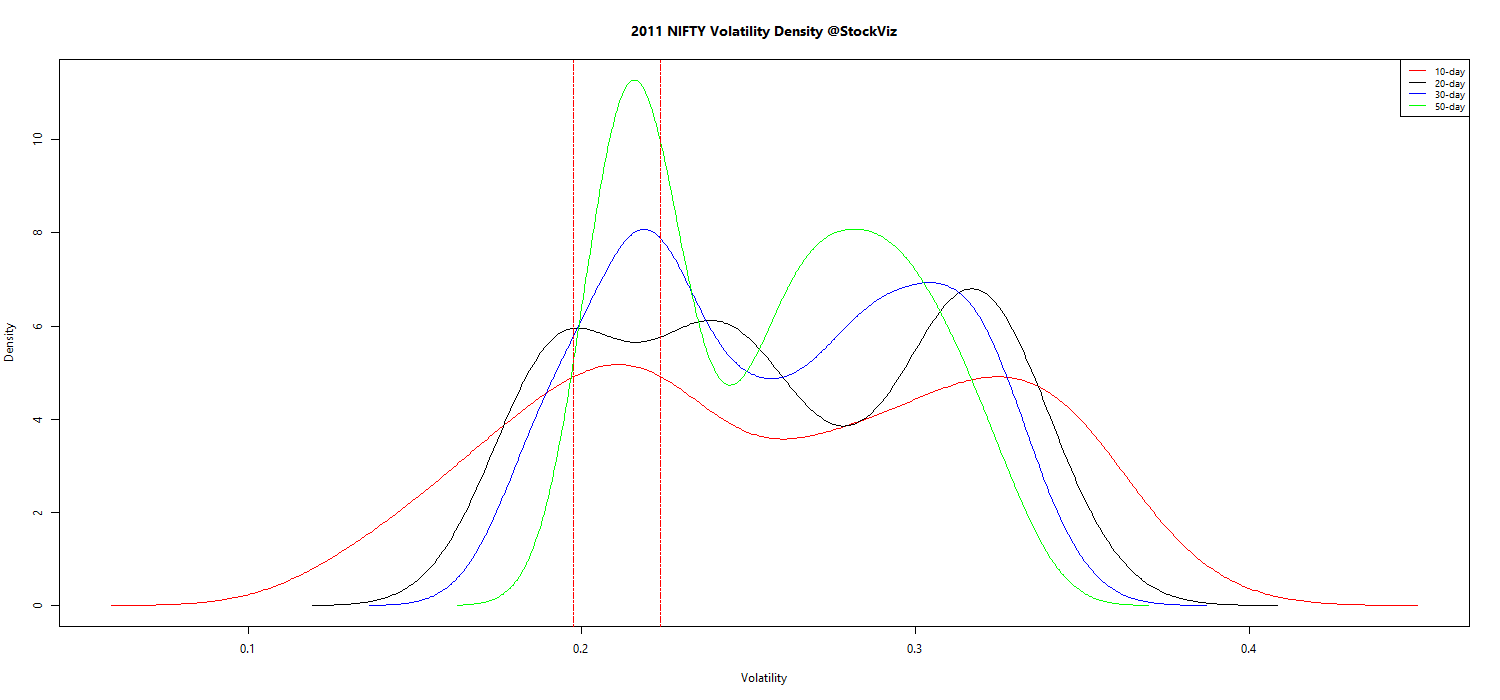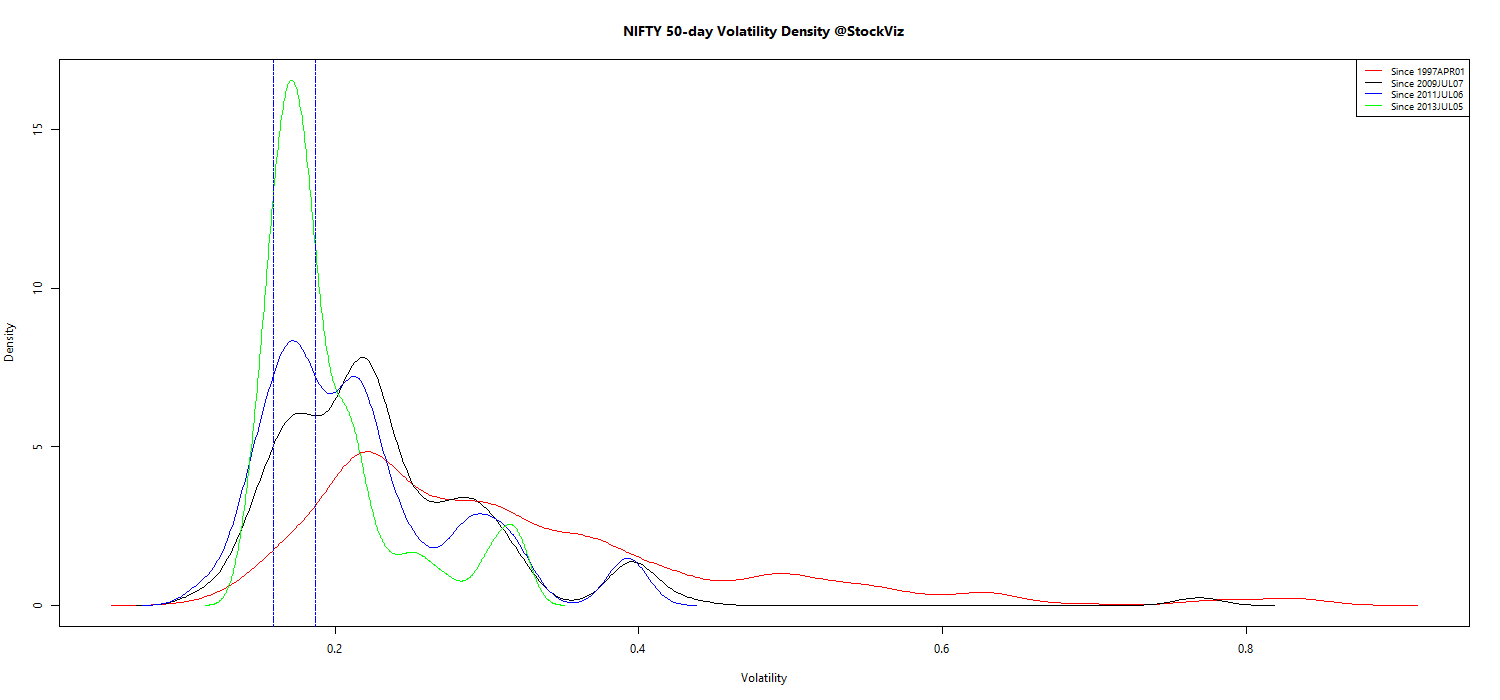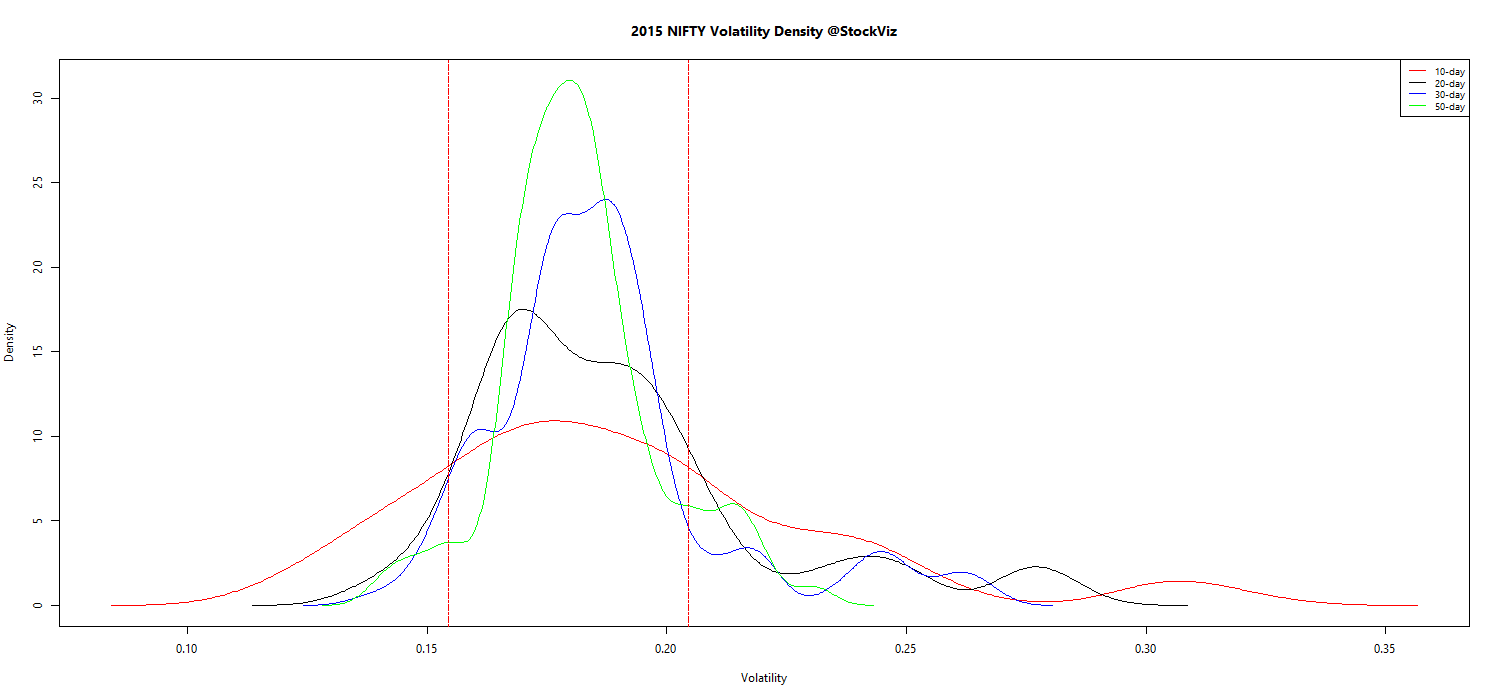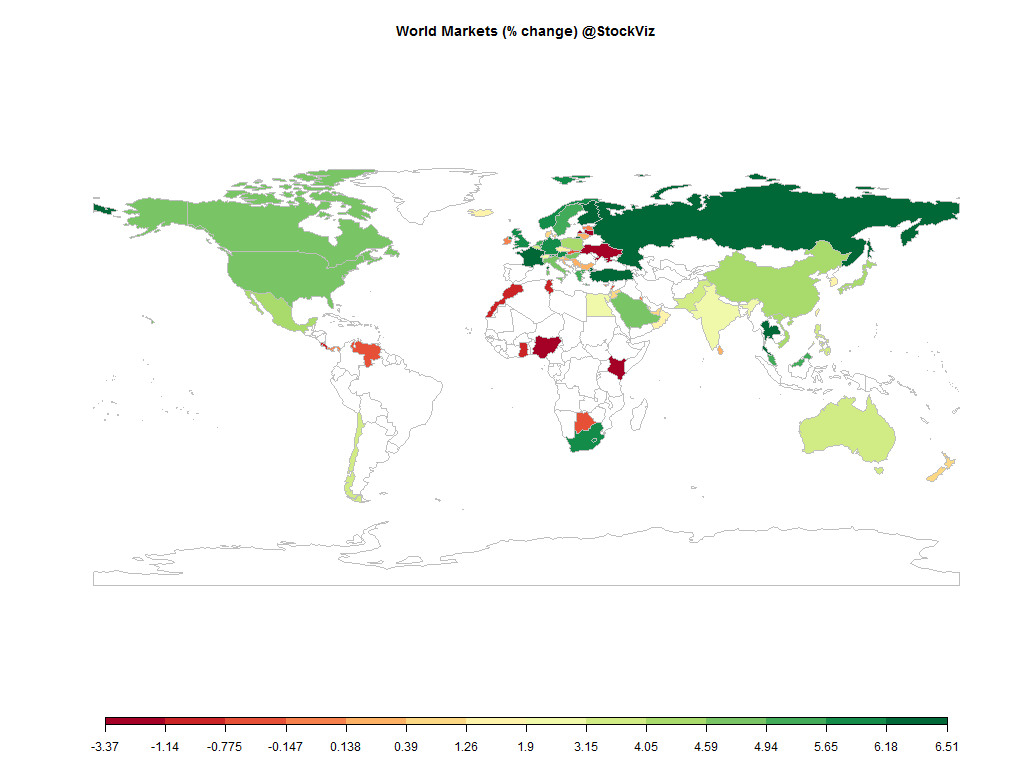
Equities
| MINTs | |
|---|---|
| JCI(IDN) | +8.65% |
| INMEX(MEX) | +4.12% |
| NGSEINDX(NGA) | -3.37% |
| XU030(TUR) | +6.45% |
| BRICS | |
|---|---|
| IBOV(BRA) | +8.88% |
| SHCOMP(CHN) | +4.27% |
| NIFTY(IND) | +3.00% |
| INDEXCF(RUS) | +6.24% |
| TOP40(ZAF) | +5.65% |
Commodities
| Energy | |
|---|---|
| Brent Crude Oil | +9.37% |
| Natural Gas | +4.09% |
| Heating Oil | +3.53% |
| Ethanol | -2.34% |
| RBOB Gasoline | +3.14% |
| WTI Crude Oil | +9.25% |
| Metals | |
|---|---|
| Copper | +4.76% |
| Silver 5000oz | +8.97% |
| Palladium | +5.16% |
| Platinum | +8.59% |
| Gold 100oz | +3.85% |
Currencies
| MINTs | |
|---|---|
| USDIDR(IDN) | -8.85% |
| USDMXN(MEX) | -2.69% |
| USDNGN(NGA) | +0.43% |
| USDTRY(TUR) | -3.89% |
| BRICS | |
|---|---|
| USDBRL(BRA) | -6.14% |
| USDCNY(CHN) | -0.19% |
| USDINR(IND) | -1.19% |
| USDRUB(RUS) | -6.23% |
| USDZAR(ZAF) | -4.16% |
| Agricultural | |
|---|---|
| Cocoa | -2.16% |
| Coffee (Robusta) | +3.98% |
| Cotton | +3.77% |
| Sugar #11 | +7.09% |
| Lean Hogs | +1.75% |
| Lumber | +8.36% |
| Orange Juice | +10.30% |
| Soybean Meal | +1.05% |
| White Sugar | +3.09% |
| Coffee (Arabica) | +7.78% |
| Feeder Cattle | +6.87% |
| Wheat | -2.17% |
| Cattle | +8.30% |
| Corn | -1.86% |
| Soybeans | +0.83% |
Credit Indices
| Index | Change |
|---|---|
| Markit CDX EM | +1.73% |
| Markit CDX NA HY | +2.03% |
| Markit CDX NA IG | -9.85% |
| Markit iTraxx Asia ex-Japan IG | -18.19% |
| Markit iTraxx Australia | -11.71% |
| Markit iTraxx Europe | -7.10% |
| Markit iTraxx Europe Crossover | -37.22% |
| Markit iTraxx Japan | -8.18% |
| Markit iTraxx SovX Western Europe | -2.20% |
| Markit LCDX (Loan CDS) | +0.00% |
| Markit MCDX (Municipal CDS) | -6.68% |
Global ETFs (USD)
Nifty Heatmap
Index Returns
For a deeper dive into indices, check out our weekly Index Update.
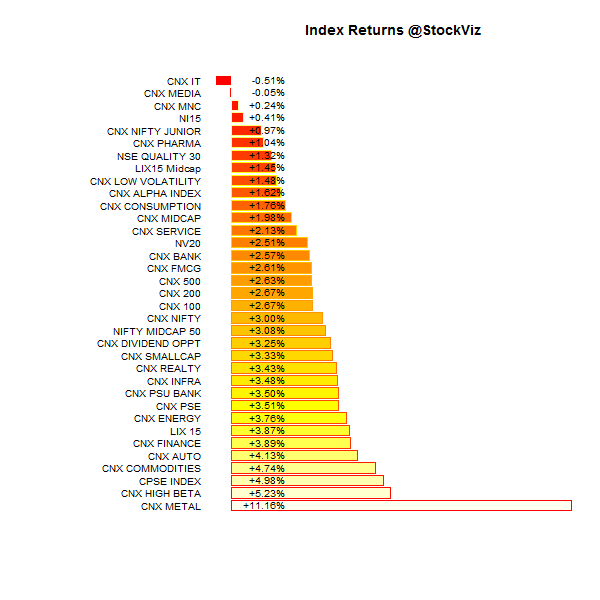
Market Cap Decile Performance
| Decile | Mkt. Cap. | Adv/Decl |
|---|---|---|
| 1 (micro) | +4.84% | 74/57 |
| 2 | +7.45% | 83/47 |
| 3 | +4.50% | 76/54 |
| 4 | +6.77% | 74/56 |
| 5 | +5.63% | 74/56 |
| 6 | +5.99% | 71/60 |
| 7 | +4.23% | 71/59 |
| 8 | +3.29% | 74/56 |
| 9 | +1.77% | 66/64 |
| 10 (mega) | +1.89% | 65/66 |
Top Winners and Losers
| HINDALCO | +18.41% |
| TATAMOTORS | +19.71% |
| VEDL | +24.22% |
| MARUTI | -6.64% |
| IBULHSGFIN | -6.62% |
| RECLTD | -3.99% |
ETF Performance
| CPSEETF | +5.23% |
| PSUBNKBEES | +4.51% |
| INFRABEES | +2.98% |
| NIFTYBEES | +2.86% |
| BANKBEES | +2.65% |
| GOLDBEES | +1.96% |
| JUNIORBEES | +1.59% |
Yield Curve
Bond Indices
| Sub Index | Change in YTM | Total Return(%) |
|---|---|---|
| 0 5 | -0.02 | +0.22% |
| 5 10 | -0.04 | +0.37% |
| 10 15 | -0.04 | +0.47% |
| 15 20 | -0.03 | +0.45% |
| 20 30 | -0.04 | +0.59% |
Investment Theme Performance
| Momentum | +5.64% |
| ADAG stocks | +4.50% |
| High Beta | +4.48% |
| Velocity | +4.07% |
| Next Trillion | +2.64% |
| ASK Life | +2.56% |
| The RBI Restricted List | +2.51% |
| PPFAS Long Term Value | +2.35% |
| Magic Formula | +1.95% |
| Quality to Price | +1.94% |
| CNX 100 Enterprise Yield | +1.81% |
| Financial Strength Value | +1.79% |
| Low Volatility | +1.57% |
| Balance Sheet Strength | +0.67% |
| Tactical CNX 100 | +0.00% |
Equity Mutual Funds
Bond Mutual Funds
Thought for the weekend
- High stock prices, just like high house prices, are harbingers of low returns.
- Investing in price-depressed residential rental property in Atlanta is like investing in EM equities today—the future expected long-term yield is much superior to their respective high-priced alternatives.
- Many parallels exist between the political/economic environment and the relative valuation of U.S. and EM equities in the periods from 1994 to 2002 and 2008 to 2015.
- Our forecast of the 10-year real return for U.S. equities is 1% compared to that of EM equities at 8%, now valued at less than half the U.S. CAPE.
Source: Investing versus Flipping

